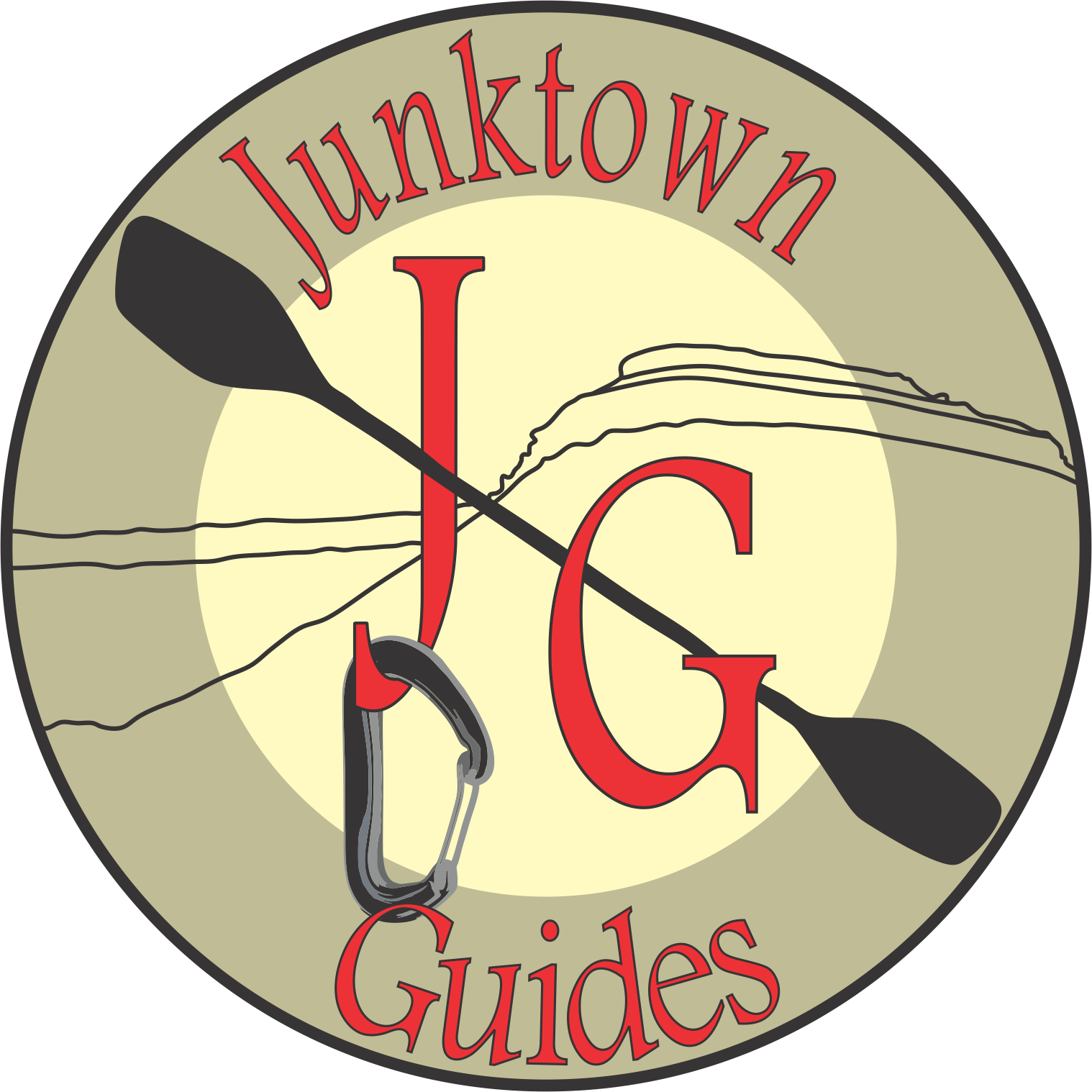Our maps/guides come in three sizes based on the length of river that they cover. Go to the page for each individual map to see what size they are.
Regular Size
Our regular, or standard, sized maps cover what would be traditionally considered a run by local boaters. This is typically a day run or maybe an overnight and roughly covers 10 to 25 river miles. They are designed with the kayaker, SUP Boarder, or other small water craft in mind. They are small enough to be stowed away easily and still be readily available while floating down the river.
Large Size
Our large maps are for the longer stretches and often cover the same section of river as 3 or 4 of the regular size maps, though they can also stand alone. This size map covers roughly 35 to 75 river miles.
Small Size
Sometimes the runnable section of a river is short, but still fun. This size is for the runs that are roughly 4-10 miles long.

Season:
Determining a “season” or best time of year to float a particular run is challenging and it is a very subjective process. Much like saying what flows are better than others for boating, the timeframe we claim a season on a river ends can be shortened or extended depending on what type of adventure one is looking for. Other factors such as how much snow falls over the winter and how fast it melts also play into it. Any suggestion we give for a season are based off of when the majority of good boating days can usually be found on a particular stretch and it is meant to give you an idea of when to start looking at the gauge to see when the right time for you to float it is.
We have come up with 4 classifications for seasons accepting that every river and creek will be at an elevated flow during the highwater/spring runoff in the spring time as the snow melts, usually starting in late April/early May. Some rivers are only runnable during this time and others become insanely high and often times more dangerous without necessarily being more fun because all the rapids are flushed. It is up to you to determine an appropriate flow for you to boat, these are just suggestions.
Spring Runoff – This is usually a small creek that is not dam controlled and it only has a boatable flow while the bulk of the snow melts. Often time the flow will rise and fall throughout the day so you will need to look at a graph that shows at least the last 24hrs but preferably the last 72 so you can choose the optimal time of day to run it. Some years these wont flow at all so get them when you can!
Early Summer – Usually a slightly bigger creek or small river that has a flow into late June, sometimes into August but usually not enough flow after mid July.
Late Summer – These are usually the dam controlled rivers that regulate irrigation rights. They will flow as long as the fields are being irrigated in their basin.
Year Round – This indicates a major river, big enough to never fully dry up or to slow down enough to freeze over, though this is no guaranty. For these we often put an optimal season to indicate when the average boater is likely to float it. That said, with the right gear nothing should stop you from getting a float in the middle of February if you so desire. Every year there is a group of people running Shoshone in Glenwood on New Years Day.
